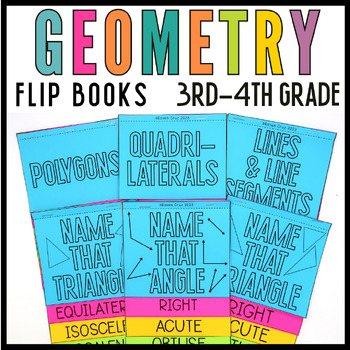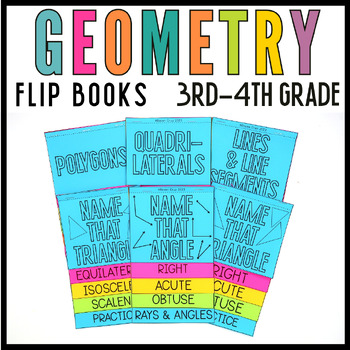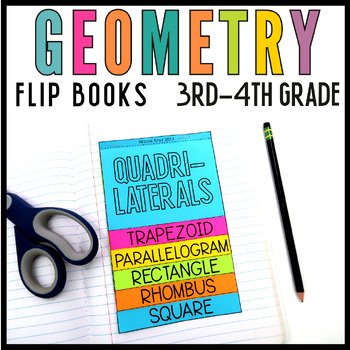3rd Grade Geometry Flip Book Bundle
Raven R Cruz
3.6k Followers
Resource Type
Standards
CCSS3.G.A.1
CCSS4.G.A.1
CCSS4.G.A.2
Formats Included
- Zip
Raven R Cruz
3.6k Followers
What educators are saying
Great and fun way to review for Geometry in 4th grade. Can't wait to use it with my students. Thanks.
Products in this Bundle (6)
showing 1-5 of 6 products
Description
This 3rd grade and 4th grade geometry flip book covers the quadrilaterals; square, trapezoid, rectangle, parallelogram, and rhombus.
The geometry flip books are perfect for interactive notebooks, which students can use for reference when needed.
Flip books included:
- Quadrilaterals
- Polygons
- Right, Acute, Obtuse, Rays, and Angles
- Right, Acute, Obtuse Triangles
- Equilateral, Isosceles, Scalene Triangles
- Point, Lines, Line Segments, Intersecting Lines, and Parallel Lines
A set of flip books without the description are included to accommodate customization.
Also, I added free bookmarks so there wouldn't be any wasted paper. Hopefully, your students get a kick out of them!
Wait, you might also like these!
Total Pages
Answer Key
N/A
Teaching Duration
N/A
Report this resource to TPT
Reported resources will be reviewed by our team. Report this resource to let us know if this resource violates TPT’s content guidelines.
Standards
to see state-specific standards (only available in the US).
CCSS3.G.A.1
Understand that shapes in different categories (e.g., rhombuses, rectangles, and others) may share attributes (e.g., having four sides), and that the shared attributes can define a larger category (e.g., quadrilaterals). Recognize rhombuses, rectangles, and squares as examples of quadrilaterals, and draw examples of quadrilaterals that do not belong to any of these subcategories.
CCSS4.G.A.1
Draw points, lines, line segments, rays, angles (right, acute, obtuse), and perpendicular and parallel lines. Identify these in two-dimensional figures.
CCSS4.G.A.2
Classify two-dimensional figures based on the presence or absence of parallel or perpendicular lines, or the presence or absence of angles of a specified size. Recognize right triangles as a category, and identify right triangles.





